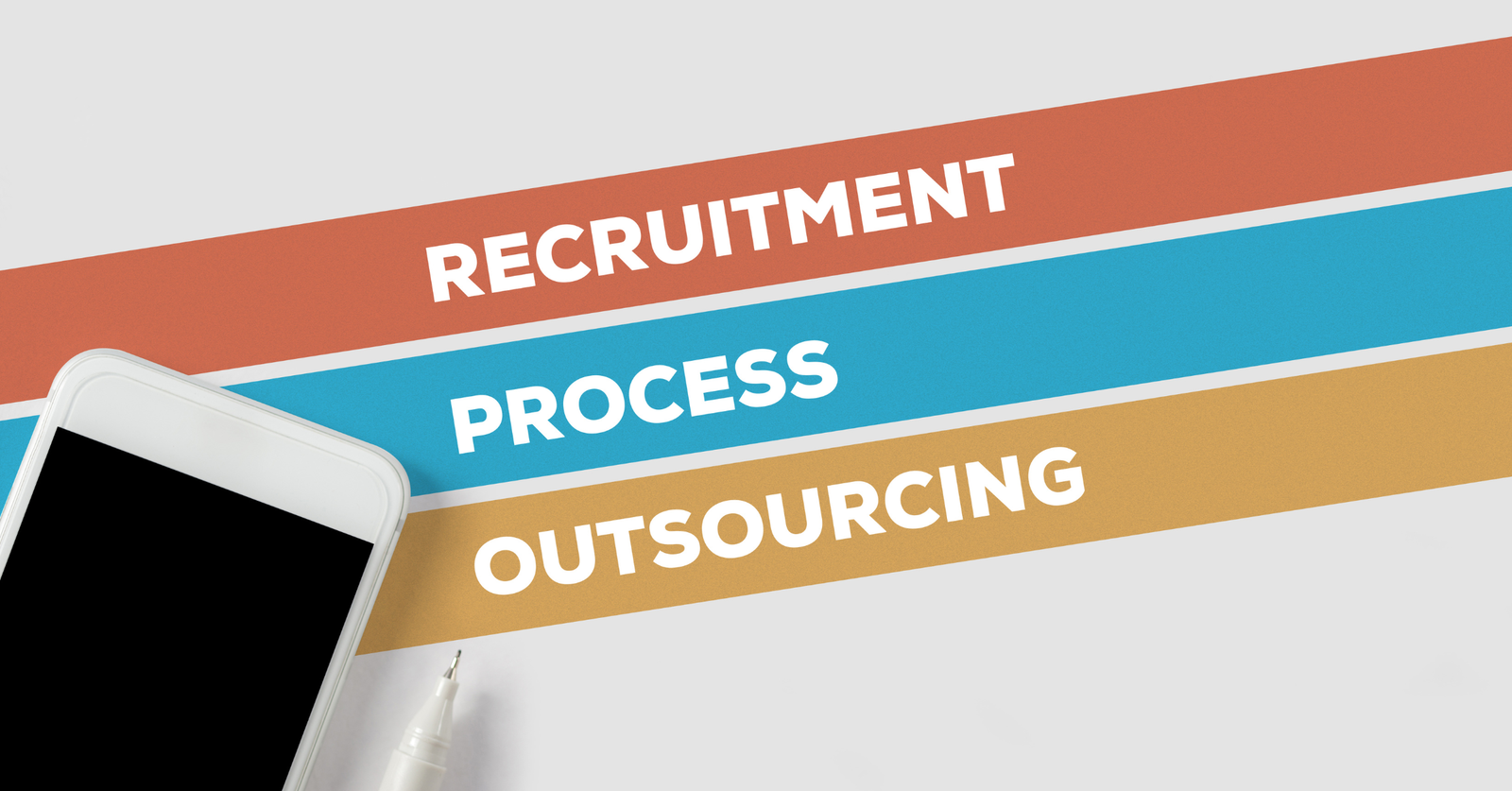Recruitment is the lifeline of any business. Companies cannot function without the right people in the right roles. But what happens when a company needs not just one or two employees, but hundreds—or even thousands—within a short span of time? That’s where bulk hiring steps in.
Bulk hiring has become a crucial part of modern HR strategy, especially in industries like IT, BPO, retail, e-commerce, manufacturing, and healthcare. With rising competition, seasonal demands, and business expansions, organizations are increasingly relying on bulk hiring to quickly fill large numbers of positions while maintaining efficiency and quality.
In this article, we’ll break down everything you need to know about bulk hiring in HR—from its definition and benefits to methods, challenges, latest trends in 2025, and best practices.
What is Bulk Hiring?
Bulk hiring refers to the process of recruiting a large number of employees within a short period of time. It is usually driven by:
- Expansion into new markets
- Seasonal workforce requirements (e.g., festive sales in retail or e-commerce)
- High-demand projects in IT and BPO
- Mass training programs for fresh graduates
- Opening of new branches, factories, or service centers
The primary goal of bulk hiring is to fill multiple vacancies quickly and cost-effectively without compromising on the quality of hires.
How Does Bulk Hiring Differ from Mass Hiring and Volume Hiring?
Many people confuse bulk hiring, mass hiring, and volume hiring, but there are subtle differences:
- Bulk Hiring – Focused recruitment to fill large numbers of positions within a limited time frame. Often targeted at a specific skill set or job role. Example: A call center hiring 500 customer service associates in one month.
- Mass Hiring – Extremely large-scale recruitment campaigns that often go into the thousands. Example: A new manufacturing plant hiring 5,000 workers at once.
- Volume Hiring – Continuous recruitment of a large workforce over an extended period of time. Example: A delivery company consistently hiring hundreds of delivery executives every month due to high attrition.
In short:
- Bulk = Short-term, concentrated effort
- Mass = Very large scale, often one-off
- Volume = Ongoing recruitment cycle
How is Bulk Recruitment Different from Traditional Recruitment?
Traditional recruitment focuses on quality over quantity, usually dealing with specialized roles, senior positions, or niche skills.
Bulk recruitment, however, emphasizes speed, scale, and efficiency, often prioritizing operational requirements over niche expertise.
| Aspect | Traditional Recruitment | Bulk Recruitment |
|---|---|---|
| Volume | Low (1–10 roles) | High (hundreds/thousands) |
| Timeline | Flexible | Strict, urgent |
| Focus | Specialized roles | Entry-level or mid-level roles |
| Methodology | Customized hiring processes | Standardized processes |
| Tools | Manual/ATS-driven | Tech-driven, automation, job fairs, campus drives |
What Are the Key Steps Involved in Bulk Hiring in HR?
To execute bulk hiring successfully, HR teams usually follow these steps:
- Workforce Planning – Identifying hiring needs, job roles, and number of employees required.
- Job Description Creation – Drafting clear, attractive job descriptions for mass outreach.
- Sourcing Candidates – Using multiple channels like job portals, social media, employee referrals, and campus hiring.
- Screening & Shortlisting – Leveraging technology such as Applicant Tracking Systems (ATS) and AI to handle large volumes.
- Assessment & Interviews – Conducting group assessments, online tests, or walk-in drives for efficiency.
- Offer Management – Quick rollouts of offer letters to prevent losing candidates to competitors.
- Onboarding & Training – Structured onboarding programs for integrating large groups smoothly.
What Are the Common Methods and Techniques of Bulk Hiring?
HR professionals use various recruitment strategies to manage large-scale hiring. Common techniques include:
- Campus Recruitment Drives – Hiring fresh graduates in bulk directly from universities.
- Walk-in Interviews – Scheduling open interview days where hundreds of candidates attend.
- Employee Referrals – Encouraging existing employees to refer candidates at scale.
- Recruitment Agencies – Partnering with specialized bulk hiring agencies.
- Job Portals & Social Media Campaigns – Running targeted ads and listings to attract mass applicants.
- Assessment Centers – Using group assessments, psychometric tests, and skill evaluations.
- Contract Staffing / Outsourcing – Engaging staffing firms for temporary workforce needs.
What Are the Benefits of Implementing Bulk Hiring Strategies?
- Faster Recruitment Cycles – Helps meet urgent workforce needs.
- Cost Efficiency – Standardized processes reduce per-hire costs.
- Talent Pool Expansion – Creates a ready database of potential hires.
- Business Continuity – Prevents productivity loss due to workforce shortages.
- Scalability – Supports expansion and seasonal requirements seamlessly.
- Employer Branding – Large-scale hiring campaigns increase brand visibility.
What Are the Latest Trends in Bulk Hiring in 2025?
Bulk hiring has evolved significantly with technology and changing work dynamics. Here are the latest trends in 2025:
- AI-Powered Screening – AI tools automatically filter resumes, cutting screening time by 70%.
- Virtual Job Fairs – Companies are using metaverse platforms and virtual booths.
- Skill-Based Hiring – Greater focus on skills rather than degrees.
- Automation in Onboarding – Chatbots and digital onboarding platforms reduce manual effort.
- Diversity Hiring – Focus on gender balance, differently-abled candidates, and inclusivity.
- Data-Driven Recruitment – Predictive analytics to forecast hiring needs and attrition.
- Hybrid Hiring Models – Mix of remote and in-person hiring for global talent access.
What Are the Common Challenges in Bulk Hiring and How to Overcome Them?
1. High Candidate Dropout Rates
Solution: Speed up offer rollouts and maintain regular candidate engagement.
2. Quality vs. Quantity
Solution: Use pre-employment tests to filter candidates before interviews.
3. Onboarding Large Groups
Solution: Implement digital onboarding tools and group orientation programs.
4. Employer Branding Issues
Solution: Highlight company culture, growth opportunities, and employee stories.
5. Resource Constraints
Solution: Partner with recruitment agencies for scalability.
What Are the Best Practices for Effective Bulk Hiring in HR?
- Leverage Technology – Use AI, ATS, and automation to handle scale.
- Structured Communication – Keep candidates updated to reduce dropouts.
- Collaborate with Stakeholders – Align HR, operations, and business teams.
- Standardized Evaluation Process – Ensure fairness and speed in selection.
- Employer Branding Campaigns – Showcase workplace culture across digital platforms.
- Candidate Experience Focus – Ensure smooth, transparent, and fast hiring journey.
- Data-Backed Decisions – Track metrics like time-to-hire, cost-per-hire, and retention rates.
Key Takeaways
- Bulk hiring is the process of recruiting large numbers of employees quickly and efficiently.
- It differs from traditional hiring by focusing on speed, scale, and standardized processes.
- Key methods include campus drives, job fairs, referrals, and recruitment agencies.
- Benefits include faster recruitment, lower costs, and improved scalability.
- In 2025, AI-driven recruitment, virtual job fairs, and data analytics are shaping bulk hiring strategies.
- Challenges like high dropout rates and quality concerns can be overcome with strong communication and technology.
Frequently Asked Questions on Bulk Hiring
Q1. What industries use bulk hiring the most?
Industries like IT, BPO, e-commerce, retail, healthcare, logistics, and manufacturing commonly rely on bulk hiring.
Q2. How long does bulk hiring usually take?
Depending on scale, it can range from a few weeks to a couple of months.
Q3. Is bulk hiring only for entry-level roles?
Mostly yes, but it can also apply to mid-level roles during expansions.
Q4. What role does technology play in bulk hiring?
Technology helps with resume screening, assessments, onboarding, and engagement, making large-scale hiring faster and more efficient.
Q5. How can companies reduce attrition in bulk hiring?
By hiring for cultural fit, offering growth opportunities, and maintaining regular employee engagement.





